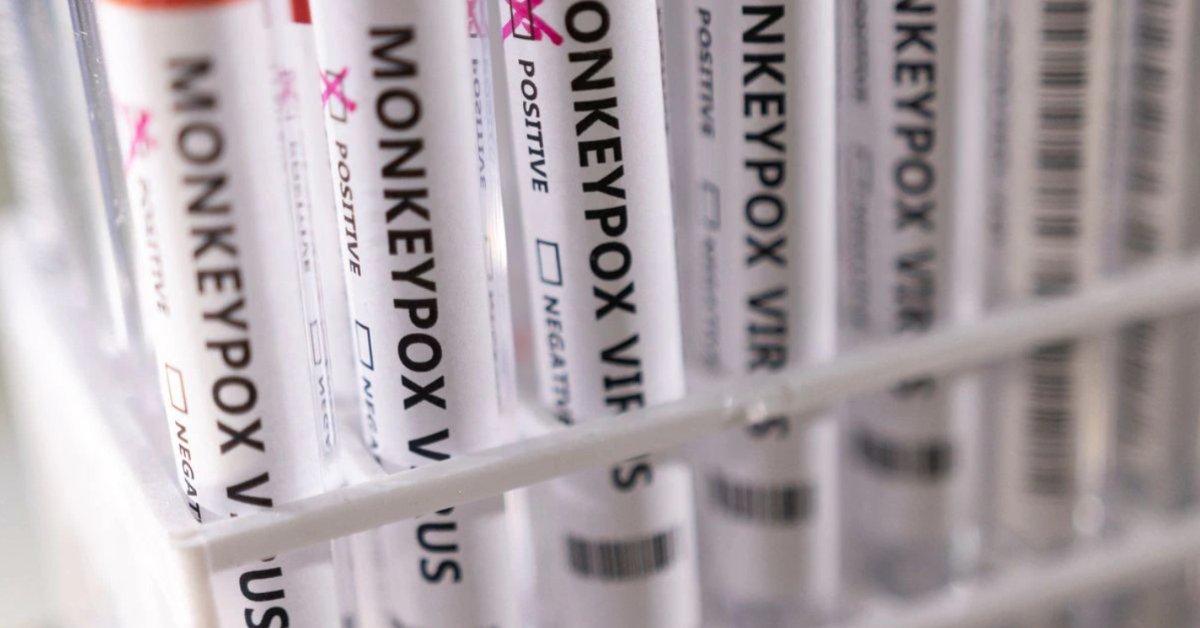Mexico on Saturday reported the first confirmed case of monkeypox in the country, according to deputy health secretary Hugo Lopez-Gatell.
The patient was a 50-year-old permanent resident of New York who is being treated in Mexico City, Lopez-Gatell said on Twitter.
"He was probably infected in the Netherlands," Lopez-Gatell wrote, adding that the patient was being isolated and was in stable condition.
On Friday, Argentina became the first Latin American country to report a case of monkeypox.
Around 20 countries where monkeypox is not endemic have . . .







